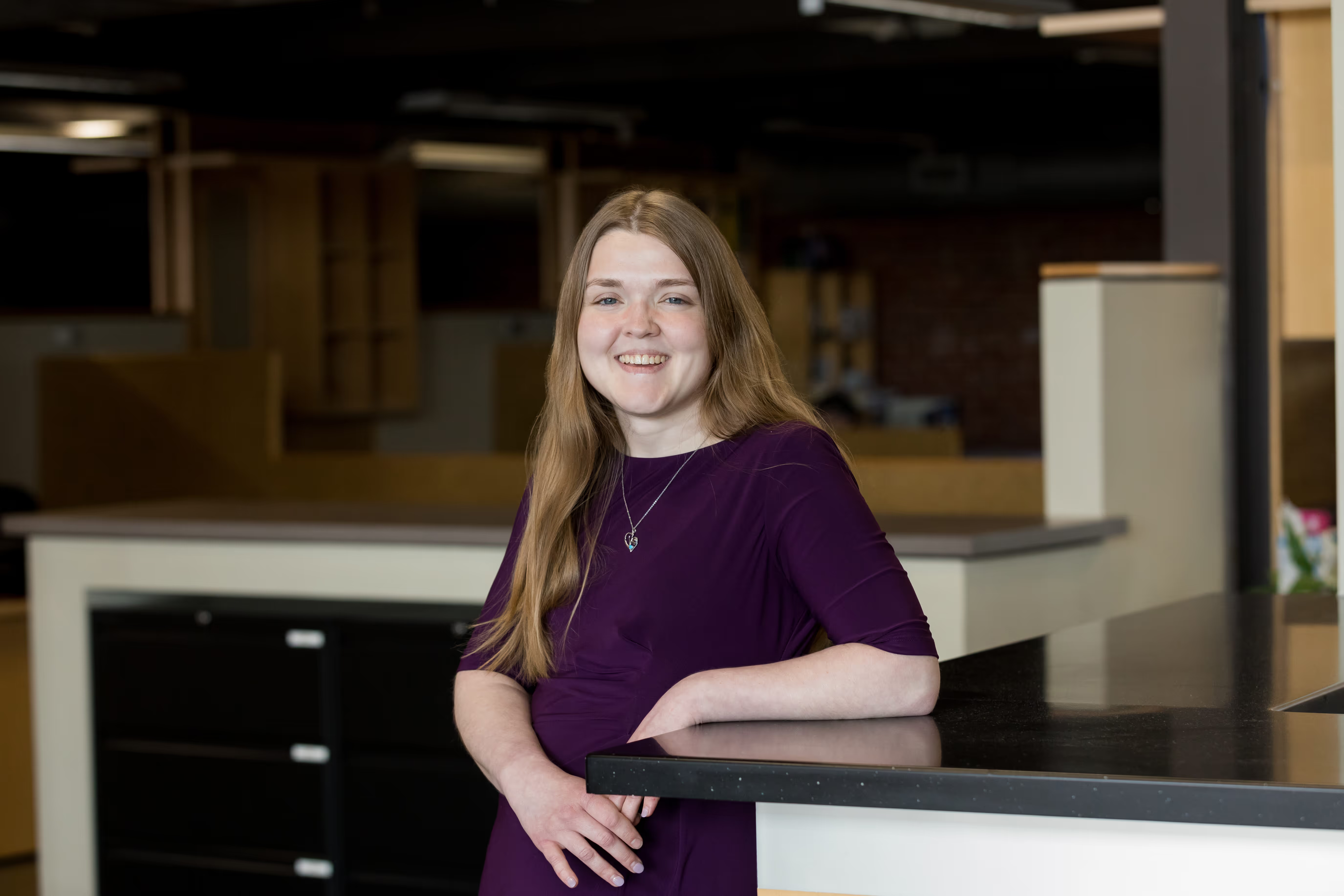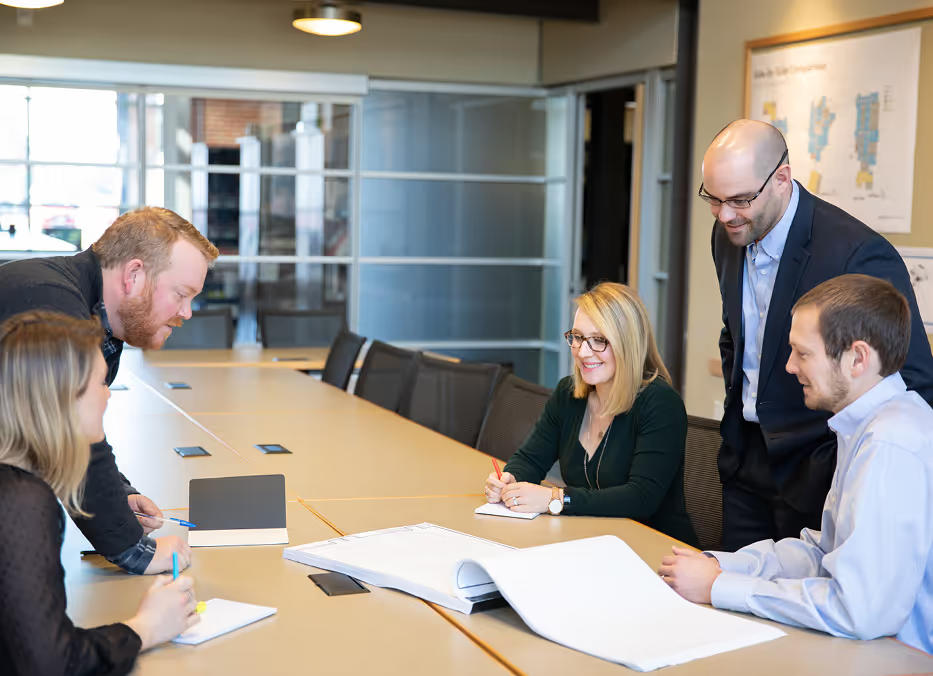Tanmay works in Moseley’s Charlotte office as a project designer intern within our higher education sector. He began his undergraduate journey in India in 2016 before moving to the United States, where he is currently pursuing his Master of Architecture at the University of North Carolina at Charlotte. Tanmay appreciates all architectural styles, the diversity inherent in design, and he is passionate about the ways in which well-made structures help enhance the lives of their users.
Why did you choose to study architecture?
I chose architecture because structures have piqued my interest since I was a youngster. This interest grew, I suspect, because I was raised in a city steeped in history and architectural splendors. I always wondered how I would want a space to be planned for the community and how I could make a change in society.
What building typologies are you most interested in?
Honestly, when it comes to building typologies, I wouldn’t stick to a specific one. For me, architecture is different based on perception—from modern architecture to traditional vernacular styles, each has its own charm and unique way of shaping environments. This diversity allows me to appreciate the breadth of possibilities within architecture.
Is this the first time you’ve done an internship?
No, I have interned with different companies in India, Singapore, Vietnam, and New York. However, Moseley Architects is my second internship here in the United States, so it’s still all pretty new to me.
How did you learn about the internship?
I first learned about Moseley Architects in 2023 at a career fair, where I had the opportunity to interview with them. I was fascinated by the firm’s justice sector projects, as this was something very new and creative to me.
If you had to describe your Moseley intern experience thus far using three words, what would they be?
Thrilling, engaging, and inspiring.
What are some of the assignments you’ve been given?
I was hired to work within the higher education sector, but I am helping with different kinds of projects as well. I am currently focusing on Francis Marion University’s Forestry Building, work for Isothermal Community College, and some K-12 projects.
What assignment have you enjoyed the most so far?
The most interesting assignment I’ve had so far is a project in the K-12 sector, helping with the design of entrance vestibules for schools. I learned this is something very important both security-wise and design-wise. During this assignment, I helped in creating a module that can be used as a reference in school plannings.
Have you encountered any challenges during your internship?
Everyone here is very friendly and helpful, so I have not experienced anything too stressful.
How has the actual experience differed from your expectations of it?
The actual experience has been completely different from what I thought it would be. The work culture here at Moseley Architects creates a pure balance between professional and personal life, and weekly activities like ice cream socials and game days make it fun and exciting as well.
Have you worked on any projects outside the higher education sector?
Yes, I have also worked in the K-12 sector.
Have any of your assignments required you to collaborate with any non-architects involved in design (ex: engineers, interior designers, sustainability coordinators, construction contract administrators)?
Not yet, but I am surrounded by people from interior designers to engineers to construction contract administrators. This makes it very easy for me to get help from and communicate with them if needed.
What is the most valuable thing you’ve learned or the best advice you’ve received during the internship so far?
I always thought the work life of an architect in a big company would be boring and monotonous, but I was wrong. I’ve learned it can be creative and fun. My internship at Moseley Architects has been a transformative experience, providing me with invaluable insights into the complexities and rewards of the industry. It has reinforced my passion for creating meaningful spaces, and it has highlighted the importance of a collaborative and supportive work culture in achieving professional growth.









.avif)


























































































